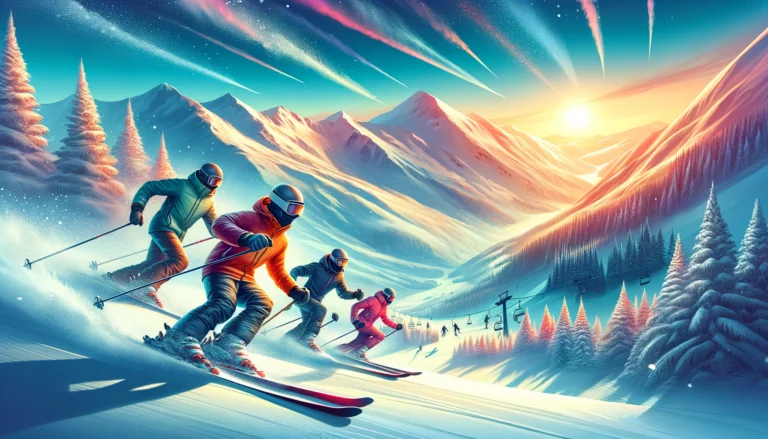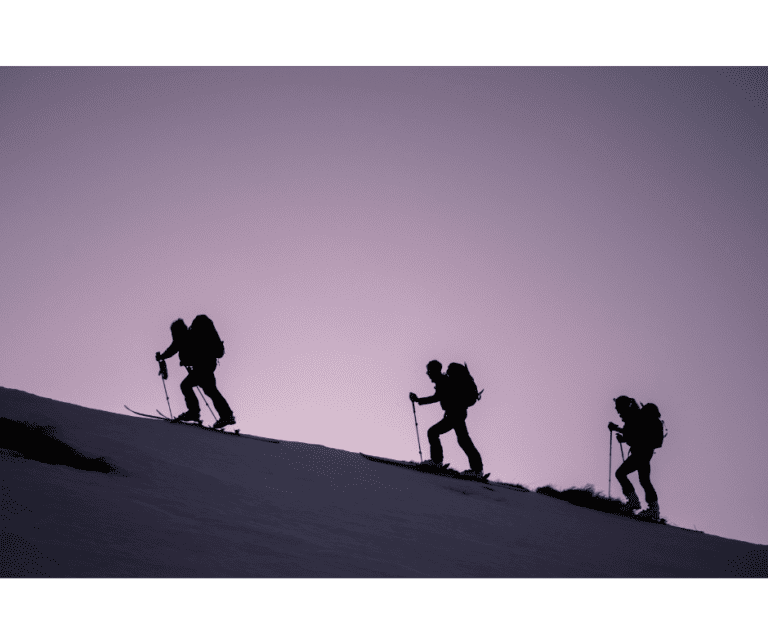7 Best Climbing Skins for Skiing in 2024
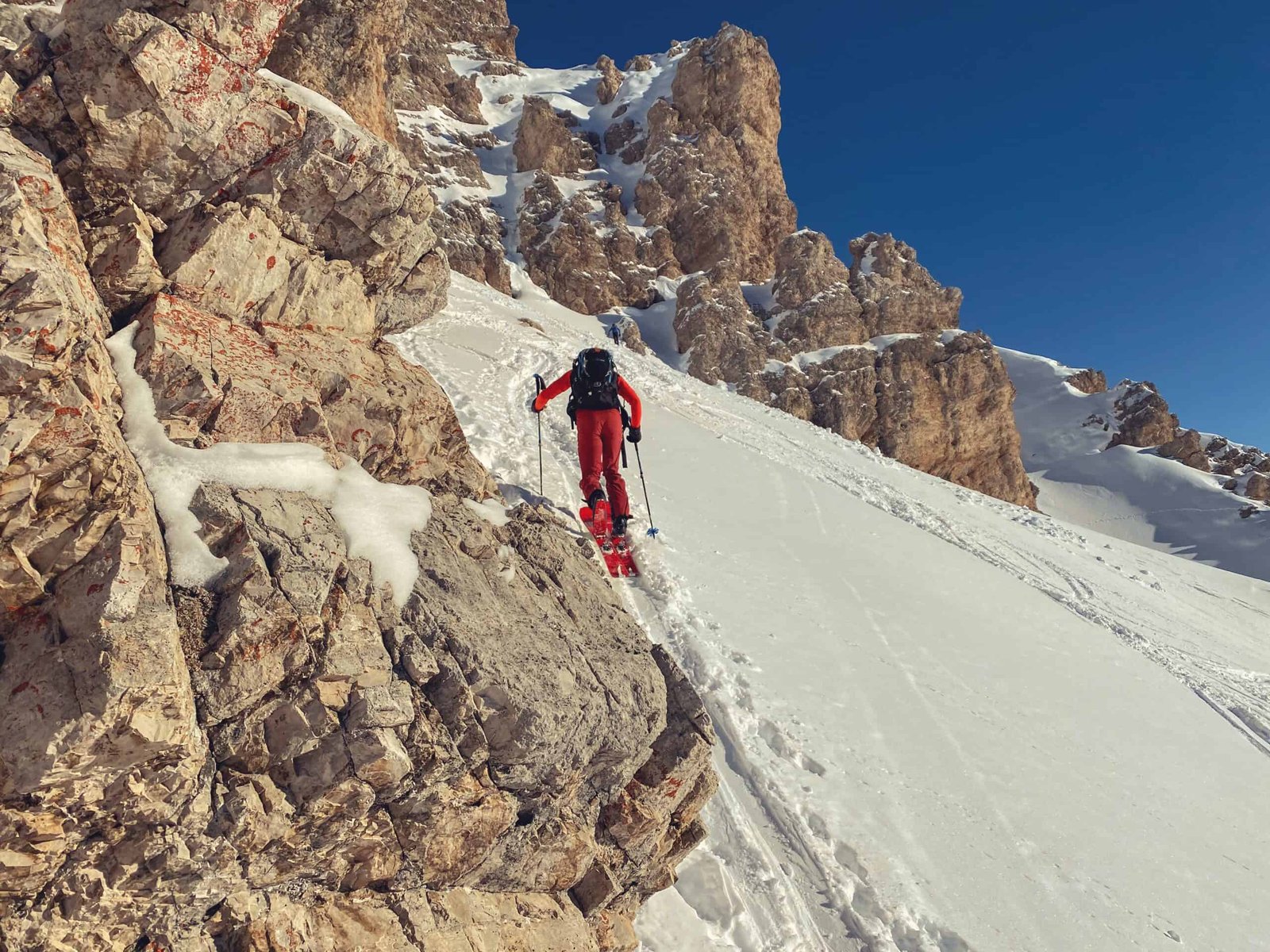
Backcountry skiing is an exhilarating experience that allows you to explore untouched powder and challenging terrain. However, to make the most out of your adventure, having the right gear is crucial. One essential piece of equipment every backcountry skier needs aside from ski, ski poles, and ski binders is a reliable set of climbing skins for skiing.
These specialized accessories provide grip and traction on ascents, allowing you to glide up the slopes with ease. In this comprehensive guide, we’ll dive into the best climbing skins available in 2024, helping you choose the perfect pair tailored to your skiing style, skill level, and preferences.
We’ve compiled a list of the top 7 climbing skins that excel in various aspects such as grip, glide, durability, and packability. Our goal is to provide you with the knowledge and insight to make an informed decision when selecting your next pair of climbing skins. For more in-depth information about skins for skiing, check out our buyer’s guide after the selections.
Get ready to elevate your backcountry skiing experience like never before!
ItsCherieGonzales is reader-supported and includes affiliate links. When you purchase through these links, we may receive a small commission at no additional cost to you. As an Amazon Associate, we (ItsCherieGonzales) earn from qualifying purchases. Learn more
Pomoca Climb Pro S Glide
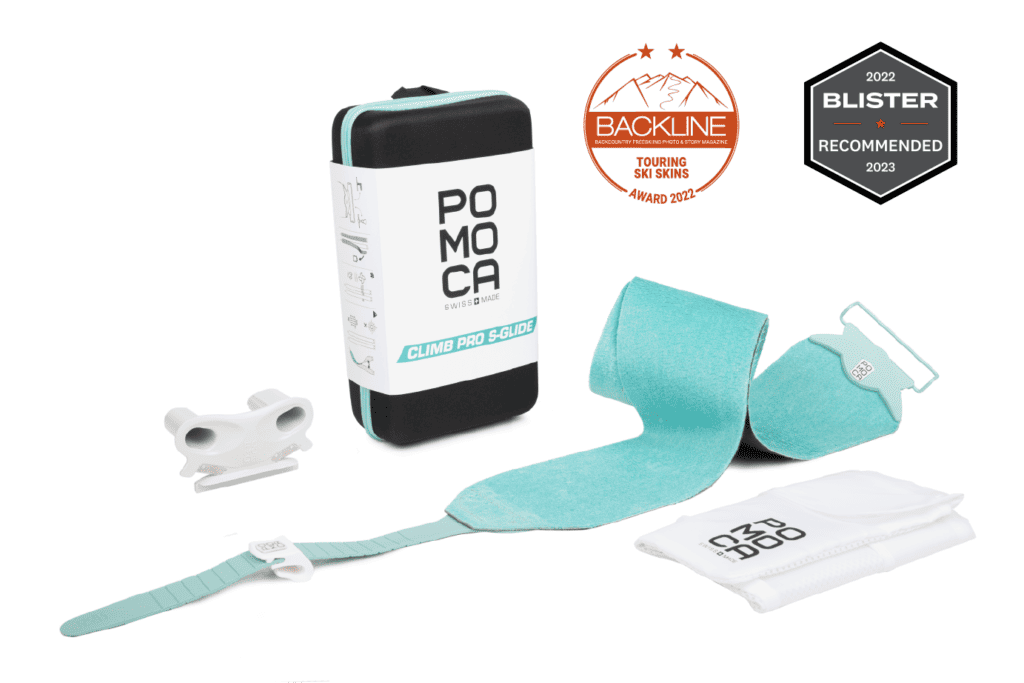
The Pomoca Climb Pro S Glide is a top-rated climbing skin that offers a perfect balance of grip, glide, and glue performance, making it an ideal choice for backcountry skiing. Composed of a 70% mohair and 30% nylon blend, this versatile skin excels in various conditions, providing excellent glide efficiency while maintaining ample traction for ascending steep slopes.
Compared to other skins, the Climb Pro S Glide stands out for its superior gliding experience, consistent glue performance, and convenient tip and tail attachments. The durable hardware ensures a secure fit on your skis, while the lightweight design contributes to a more efficient touring experience.
For those seeking reliable, high-performing skin that strikes the perfect balance between grip and glide, the Pomoca Climb Pro S Glide is a top contender.
Pomoca Climb 2.0
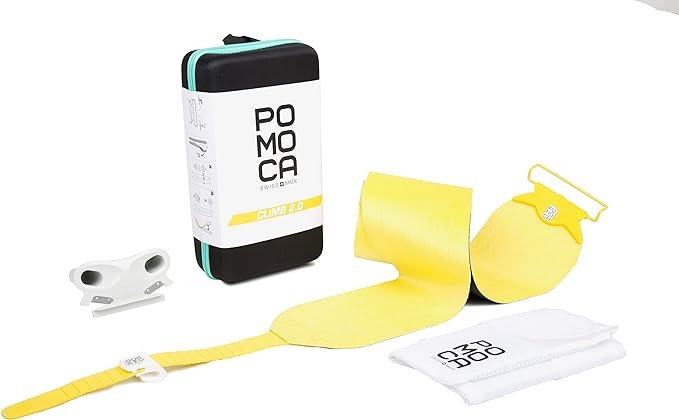
For those seeking a more budget-friendly option without sacrificing performance, the Pomoca Climb 2.0 is a great alternative to the Climb Pro S Glide. This cost-efficient climbing skin delivers impressive performance across the board, providing good glide, grip, and compatibility. The primary difference between the Climb 2.0 and the Climb Pro S Glide is the absence of Pomoca’s “S Glide” factory treatment in the Climb 2.0.
The Climb 2.0 features a light color and lightweight design that makes it an attractive option for those seeking affordable yet high-performing skin. However, it does not come with factory glide treatment or precut options, which may require additional effort during the initial setup. This is where the contour hybrid mix technology could have been beneficial.
Overall, the Pomoca Climb 2.0 offers excellent value for its price, making it a solid choice for skiers on a budget who still want quality performance.
Pomoca Free Pro 2.0
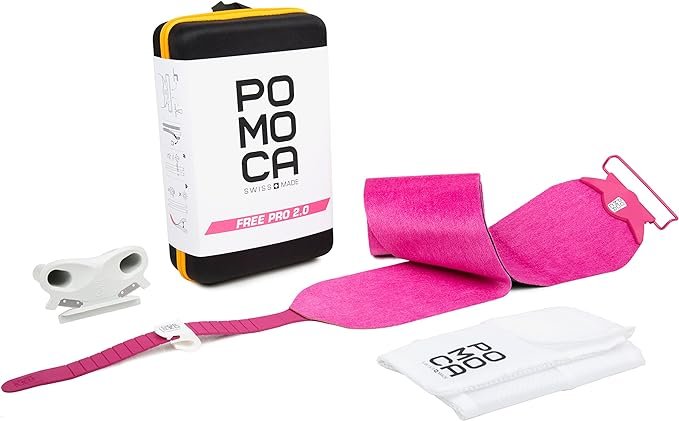
If you’re in search of a climbing skin specifically tailored for big powder skis on cold, high-volume missions, look no further than the Pomoca Free Pro 2.0. This highly acclaimed mohair blend skin material boasts an exceptional glue, tip, and tail kit, providing secure attachment and reliable performance in demanding conditions.
The Free Pro 2.0 excels in glide efficiency with a rating of 9.0, making it well-suited for skiers who prioritize speed and lightweight performance. However, it does sacrifice some durability and traction compared to other options.
For those seeking quick, lightweight, and high-performing Pomoca skins for challenging powder missions, the Pomoca Free Pro 2.0 is a top choice.
Black Diamond Ascension
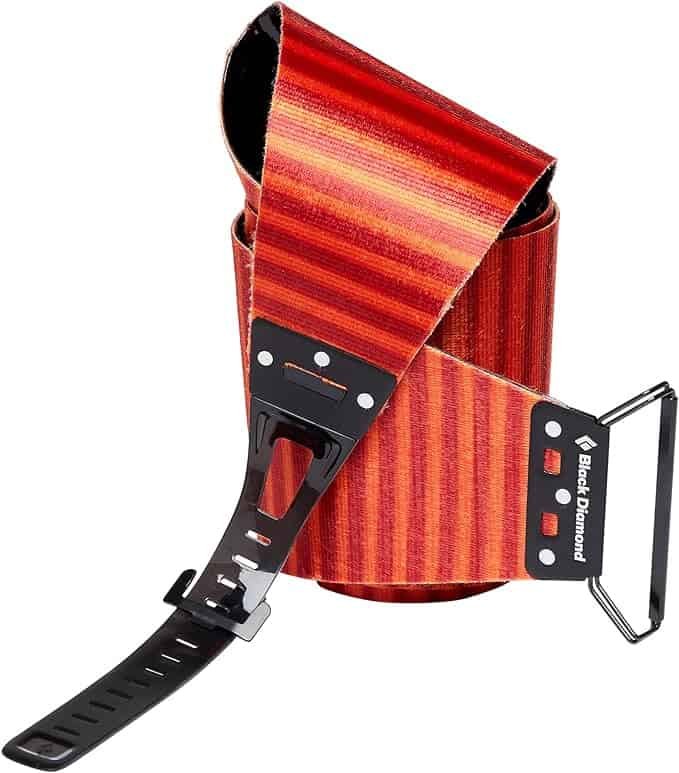
For skiers who prioritize grip and durability in their climbing skins, the Black Diamond Ascension is a reliable choice. These full nylon skins are known for their excellent grip on steep skin tracks, making them perfect for those who often find themselves in challenging terrain.
However, the Ascension skins are heavier and bulkier than other options, which may not be ideal for those seeking lightweight performance. Despite their weight, the Black Diamond Ascension skins come with a robust trim tool that ensures a precise fit on your skis, although it may require more patience and finesse compared to other trimming tools.
The tip and tail attachments are compatible with most ski shapes and provide hassle-free use over multiple seasons. If grip and durability are your top priorities, the Black Diamond Ascension skins are a solid choice.
G3 Alpinist+ Grip
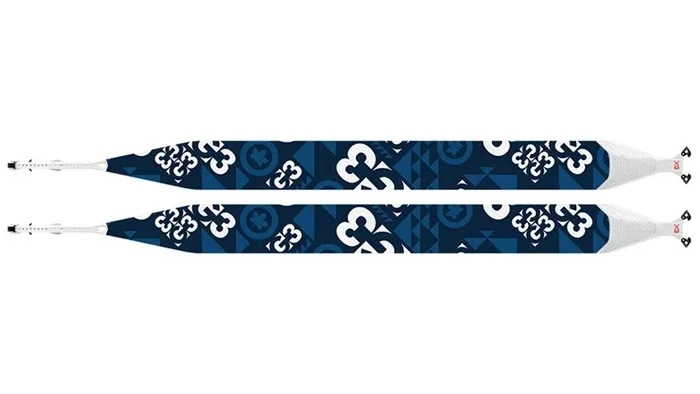
The G3 Alpinist+ Grip Skins are equipped with G3’s advanced tip and tail system and feature their most “grippiest” 100% nylon plush, making them ideal for steep skin tracks, glazed and icy surfaces, and beginners in skinning. These skins boast premium 100% nylon plush material. Their extended TPU tip with self-aligning steel hands ensures a secure, lightweight connection to any tip shape, enhancing glide during trail-breaking. The bomber tail connector offers quick, easy transitions with its low-profile, elongated design and refined camming clip. The skins include a non-toxic adhesive for more durable laps, a removable rip strip for reduced skin-to-skin adhesion, a trim tool, and skin savers for easy handling. They also feature PFOA-free DWR for superior skin waterproofing and are proudly designed, tested, and manufactured in BC, Canada.
Colltex PALÜ CRYSTAL Skin
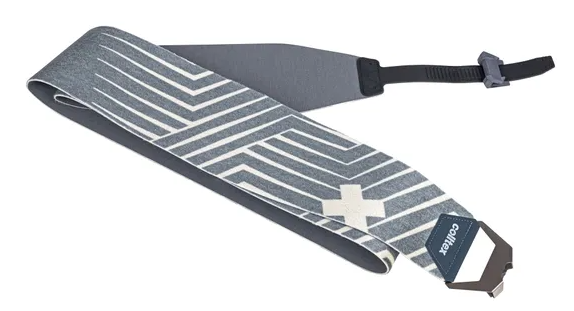
The PALÜ ski skins are a top-tier product designed for avid skiers. They are made from 100% natural mohair fiber, which ensures excellent glide, particularly on fresh, dry, and cold snow, though they may show increased wear on hard, icy surfaces. To protect the hotmelt adhesive coating when not in use, a special net is employed.
These skins are highly recommended for long ski tours, Alpine excursions, and multi-day touring experiences. They are particularly suited for sports tourers who prioritize gliding performance during their ski activities.
The PALÜ Ski Skins, particularly the Crystal model, offer customizable options for a perfect fit with various ski brands, models, and lengths. These skins are made from 100% mohair in an anthracite color and feature a robust hotmelt blue adhesive. Weighing 103.5 grams for a 60mm x 150cm skin, they are designed for optimal performance, providing good grip in all conditions and excellent gliding capabilities. Ideal for High-Alpin Tourers and Pros, the skins include protective netting for maintenance. Their structure comprises a fiber pile, basic fabric, Colltex Edge, waterproof laminate, and backing material, all held together with Colltex hotmelt adhesion, ensuring durability and reliability.
BCA Climbing Skins
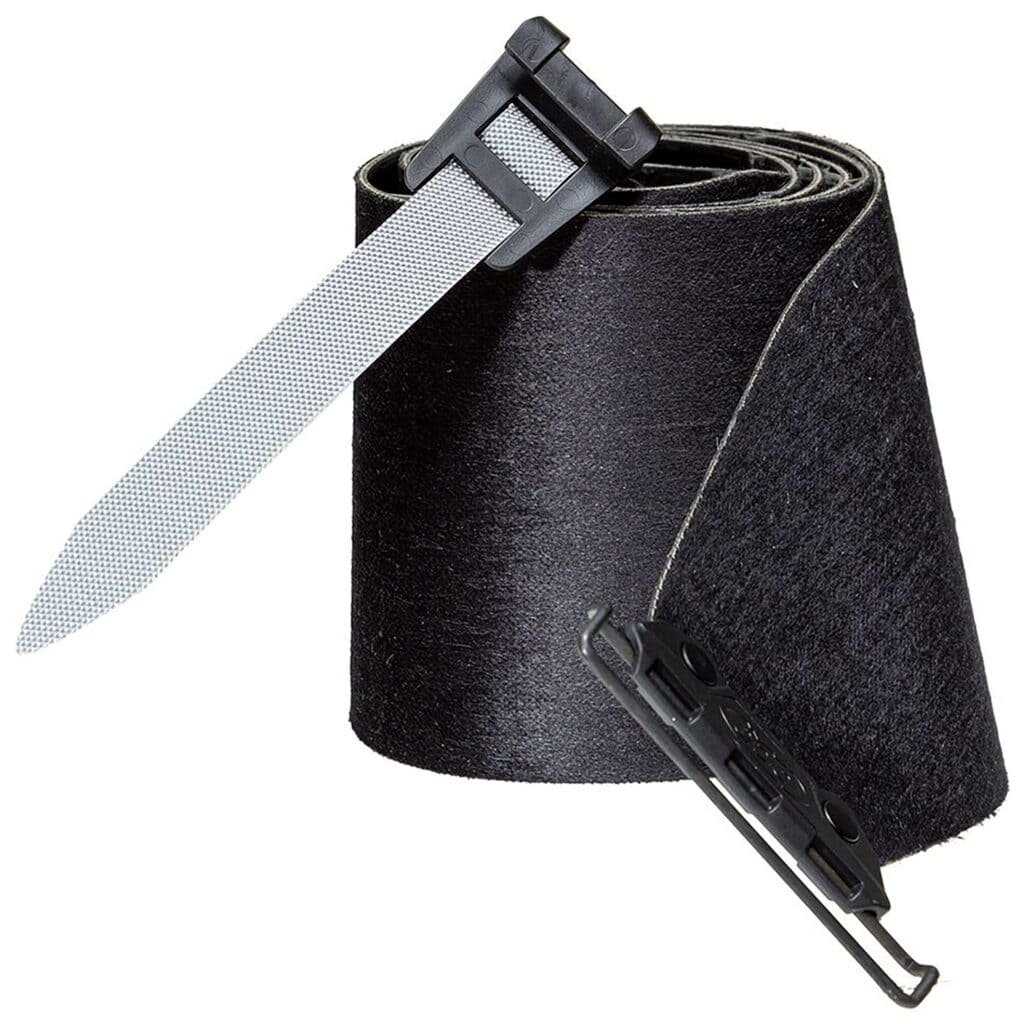
The BCA Climbing Ski Skins are designed to enhance the backcountry skiing experience for both novice and seasoned skiers. Crafted from a blend of mohair and synthetic fibers, these skins balance grip, glide, and durability, ensuring a smooth ascent and reliable traction on steep slopes. They feature a high-quality adhesive that firmly sticks to ski bases for a secure grip, yet allows for easy removal without leaving any residue. The attachment system is robust and user-friendly, compatible with various ski shapes and sizes for a snug fit.
These skins excel in glide performance, making uphill journeys less tiring and more enjoyable. Durability is a key aspect of their design, enabling them to withstand frequent use in diverse snow conditions. They are compatible with most ski models and come in multiple widths, ensuring they fit a wide range of skis. BCA has made these skins easy to maintain, contributing to their longevity. Additionally, their lightweight and compact nature allows for convenient storage during downhill sections.
Ideal for backcountry enthusiasts of all skill levels, the BCA Climbing Ski Skins are a reliable and efficient choice for anyone looking to improve their touring capabilities. Their combination of performance, durability, and ease of use makes them a standout choice in ski touring equipment.
Buyer’s Guide
Skin Material
Nylon Skins
Nylon skins are an essential component for backcountry skiing, offering unique characteristics and advantages. Here’s a detailed breakdown of nylon climbing skins:
Material Properties:
- Composition: Nylon climbing skins are made from synthetic nylon fibers. Nylon is a strong, durable, and resilient material, known for its excellent abrasion resistance and toughness.
- Texture and Feel: They typically have a more pronounced, textured surface compared to mohair skins. This texture is crucial for providing grip on snow.
Performance Characteristics:
- Grip: Nylon skins excel in providing superior grip, making them ideal for steep ascents or icy conditions. Their aggressive texture bites into the snow, offering stability and control during climbs.
- Glide: While nylon skins offer unparalleled grip, their glide performance is generally less efficient than mohair or mixed skins. This means they may require more effort to move forward on flat terrain or during a gentle ascent.
- Durability: Nylon is highly durable, able to withstand rough and varied snow conditions. This makes them a long-lasting choice, especially in rugged terrains where the skins might be prone to wear and tear.
- Water Resistance: Nylon also has good water-resistant properties, which helps in preventing snow and ice build-up on the underside of the skin.
Ideal Usage:
- Steep and Icy Terrain: Their excellent grip makes nylon skins a preferred choice for skiers tackling steep, icy, or challenging ascents.
- Rugged Conditions: Due to their durability, nylon skins are well-suited for skiers who frequently explore rough terrains where skins might get abraded.
- Budget-Friendly Option: Nylon skins are generally more affordable than mohair skins, making them a cost-effective option for skiers on a budget.
Limitations:
- Weight and Bulk: Nylon skins tend to be heavier and bulkier than mohair skins. This can be a consideration for skiers who are conscious about the weight of their gear.
- Reduced Glide Efficiency: The same texture that provides excellent grip can also create more friction, reducing glide efficiency and potentially making flat or gentle inclines more laborious.
Mohair Skins
Mohair skin material is derived from the hair of the Angora goat, is a popular choice among backcountry skiers for their distinct properties and performance characteristics. Here’s a detailed overview of mohair skins:
Material Properties:
- Composition: Mohair climbing skins are made from the natural fibers of the Angora goat, known for their smoothness, lightness, and durability.
- Texture and Feel: These skins are smoother and less textured than nylon skins, contributing to their glide efficiency.
Performance Characteristics:
- Glide: Mohair climbing skins excel in glide performance. Their smooth fibers create less friction against the snow, allowing for easier and more efficient movement, especially on flat or rolling terrain.
- Grip: While they offer good grip, it’s generally less aggressive compared to nylon skins. They provide sufficient traction for most ascents but might struggle on very steep or icy slopes.
- Durability: Mohair is durable but can be more prone to wear and tear than synthetic materials, especially in rough terrain. It’s known for its longevity under regular conditions.
- Water Resistance: Mohair naturally wicks away moisture, reducing the buildup of ice and snow under the skin. However, they might require more frequent re-waterproofing compared to nylon.
Ideal Usage:
- Long Tours and Flatter Terrain: The excellent glide properties make mohair climbing skins ideal for longer tours where efficiency is key, and for skiers who traverse a lot of flat or gently inclined terrain.
- Speed and Efficiency-Focused Skiers: Skiers who prioritize speed and less energy expenditure during touring often prefer mohair skins.
Limitations:
- Grip on Steep/Icy Terrain: Mohair skins might not provide enough traction on very steep or icy slopes, which can be a limitation for certain backcountry conditions.
- Cost: Mohair skins are generally more expensive than nylon, reflecting their natural material and glide efficiency.
- Wear in Rough Conditions: They can wear out faster than nylon when used frequently in abrasive conditions.
Hybrid Climbing Skins
Hybrid climbing skins represent an innovative advancement in backcountry skiing equipment, blending the best attributes of traditional skin materials to offer skiers a versatile and efficient option.
Composition:
- Material Blend: Hybrid skins are typically made by combining mohair and nylon blend fibers. This combination aims to balance the glide efficiency of mohair with the durability and grip of nylon.
- Optimized Performance: The mohair component enhances glide, making it easier to travel over flat or rolling terrain, while the nylon provides the necessary grip for steep ascents and varied snow conditions.
Advantages:
- Versatility: They are well-suited for a wide range of snow conditions and terrains, making them a popular choice for skiers who encounter diverse backcountry environments.
- Durability and Efficiency: Hybrid skins strike a balance between the long-lasting durability of nylon and the efficient glide of mohair, offering a product that lasts longer without sacrificing performance.
- Weight and Packability: These skins often weigh less than full nylon skins and can be more compact, making them a convenient choice for longer tours and expeditions.
Skin Width
When selecting climbing skins for skiing, the skin width is a key factor to consider as it significantly affects the skin’s grip, glide, and overall performance. The appropriate width ensures that a sufficient area of the ski base is covered for effective grip during ascents. Ideally, the width of the skin should match or be slightly narrower than the widest part of the ski, usually at the shovel or front tip. This ensures that the edges of the skis are exposed for grip on the snow, particularly important in icy conditions or steep climbs.
Climbing skins are available in various standard widths, typically ranging from 100mm to 140mm. Skiers with wider freeride or powder skis will require broader skins to cover the larger base area, essential for the necessary traction on these types of skis. Conversely, if skins are too narrow, they might not provide sufficient traction, leading to slippage. Overly wide skins can add unnecessary weight and may reduce glide efficiency, making them cumbersome to handle.
Most skins are designed to be trimmed for a custom fit to your specific ski shape, which is crucial for maximizing contact with the snow. This trimming process, done with a proper skin trimming tool, allows for precision in fit while ensuring that the ski edges remain exposed for effective control in various snow conditions.
Selecting the Right Skin for Your Needs
Choosing the best climbing skins for your needs may seem overwhelming with the variety of options available. To help you make the best choice, consider factors such as your skiing style, skill level, and the type of conditions you usually encounter. The ideal climbing skin will strike a balance between grip, glide, weight, and durability, tailored to your specific requirements.
For beginner skiers or those who frequently ski on steep terrain, grippier skins may be beneficial as they provide better traction on ascents. However, it’s important to note that overly grippy skins can lead to the development of improper technique due to their reduced glide. Another crucial aspect to consider is the compatibility between climbing skins and skis. Some skins, like Dynafit skins, are specifically designed to work with certain ski brands, while most other skins are universally compatible.
By carefully evaluating your skiing style, skill level, and the types of conditions you typically face, you can select the perfect climbing skin to enhance your backcountry skiing experience and ensure a secure grip and efficient glide on every adventure.
Climbing Skin Glue and Maintenance
Climbing skin glue is a critical aspect of climbing skins, as it ensures they remain securely attached to your skis during ascents, especially in wet conditions and high shear forces. A quality climbing skin glue should be easy to pull apart without excessive force, leaving no residue on ski bases, adhere properly without snow creeping under the skin, and have a long-lasting lifespan with consistent use.
Different skin brands, such as Black Diamond, Pomoca, and G3, vary in terms of glue integrity. According to GearLab’s testing, Black Diamond skins have the most robust glue, while Pomoca and G3 skins have slightly lower adhesion but still perform satisfactorily.
To maintain optimal glue performance, it’s essential to regularly clean your skin, store it in a cool, dry environment, and apply skin wax to keep the glue from drying out. Proper glue maintenance ensures your climbing skins remain reliable and perform optimally throughout their lifespan.
By taking care of your skins and paying attention to their glue integrity, you can ensure a secure grip and efficient glide on every backcountry ski adventure.
Tip and Tail Attachments
Climbing skins feature a variety of tip and tail attachment systems, each with its own advantages and disadvantages in terms of compatibility and ease of use. Some common attachment systems include pivoting metal hooks, offset and rigid wire slots, and cable tip loops. G3 skins feature versatile pivoting metal hooks, while the offset and rigid wire slots of Pomoca, Contour, Colltex, Kohla, and the newest Black Diamond options are secure and adaptable to different tip profiles.
Cable tip loops, on the other hand, are the least secure option and may not be ideal for all skiers. The quality of tip and tail hardware is essential for ensuring your climbing skins remain secure during your backcountry skiing adventures.
When selecting a climbing skin, consider the compatibility of the tip and tail attachment systems with your specific ski model and shape. The right attachment system will provide a secure fit, enhancing your overall performance on the slopes.
Tail Clip Importance and Variations
In addition to the tip attachments, the tail clip of a climbing skin plays a crucial role in ensuring a secure and snug fit on the ski. Tail clips come in various designs, each offering different levels of adjustability, ease of use, and compatibility with ski shapes. A well-designed tail clip will not only keep the skin tightly attached to the ski but also allow for easy adjustments and removal when necessary.
Some tail clips feature stretchable straps for a universal fit, while others have specific mechanisms tailored to particular ski models. The choice of tail clip can significantly affect the skin’s overall performance and the skier’s experience, particularly in terms of ease of transition and reliability in diverse skiing conditions.
Weight, Packability, and Glide Efficiency
When it comes to the best climbing skins, weight, packability, and glide efficiency play a critical role in your overall backcountry skiing experience. Lighter skins contribute to a more efficient touring setup, while packable skins ensure convenient storage and transportation. Glide efficiency, on the other hand, allows for smoother ascents and faster progress on the skin track.
The Pomoca Climb Pro Mohair and Free Pro 2.0 are among the lightest and most packable climbing skins available, making them ideal options for skiers who prioritize weight savings and efficiency. However, lighter skins may sacrifice durability and grip, so it’s essential to find a balance that suits your specific needs and preferences.
By considering the weight, packability, and glide efficiency of various climbing skins, you can make an informed decision that enhances your backcountry skiing adventures. The ideal climbing skin will provide the perfect balance between performance and convenience, ensuring you can focus on the thrill of the slopes.
Climbing Ski Skin Care and Storage
Taking proper care of your climbing skins is essential for maintaining their performance and ensuring they last for many seasons of backcountry skiing. To keep your skin in optimal condition, it’s crucial to clean them regularly, allow them to fully dry before storage, and store them in a cool, dry, and dark environment.
In addition to proper cleaning and storage, applying skin wax to your skin can help prevent the glue from drying out and ensure a longer lifespan for your equipment. By adhering to proper care and storage protocols, you can extend the life of your climbing skins and enjoy their reliable performance on every skiing adventure.
Trimming and Adjusting Climbing Skins
To ensure the best performance from your contour skins, it’s essential to trim and adjust them to fit your skis perfectly, taking into account the skin width. Properly fitted climbing skins provide maximum grip and glide efficiency, allowing you to make the most of your backcountry skiing experience.
Most climbing skins come with a razor blade or plastic letter-opener-type device to cut the skins to the shape of your skis. Some brands, such as G3 and Pomoca, have developed tools that automatically trim away material over the ski edges, making the process even more convenient.
After trimming, adjust the tail clip to ensure the correct length for your skis. With properly trimmed and adjusted skins, you can enjoy a secure grip and efficient glide on every ski touring adventure.
Conclusion
In conclusion, backcountry skiing is a thrilling and rewarding pursuit that demands the right equipment for maximum enjoyment and safety. Climbing skins are an indispensable part of this gear, offering crucial grip and traction for uphill climbs. This guide has highlighted the top climbing skins available in 2024, each excelling in grip, glide, durability, and packability, catering to a variety of skiing styles, skill levels, and preferences.
From the balanced performance of the Pomoca Climb Pro S Glide to the budget-friendly Pomoca Climb 2.0, and the lightweight Pomoca Free Pro 2.0, each option has its unique strengths. The robust Black Diamond Ascension offers unmatched grip and durability, while the G3 Alpinist+ Grip excels in steep and icy conditions. The Colltex PALÜ CRYSTAL skin, made from 100% mohair, is perfect for long tours and high-alpine tourers, offering customization for a perfect fit. The BCA Climbing Skins blend mohair and synthetic fibers for a versatile and efficient skiing experience.
This guide not only lists the best skins but also delves into crucial considerations like material properties, skin width, glue integrity, and maintenance, ensuring you can make an informed choice suited to your specific skiing needs. With the right pair of climbing skins, your backcountry adventures will reach new heights, offering you the freedom to explore and enjoy the mountains like never before.
Frequently Asked Questions
What do skins mean in skiing?
Ski skins are lightweight and detachable pieces of fabric, used to climb uphill on skis without sliding backward. They attach to the base of the ski, providing traction and making the ascent easier and more efficient.
Skinning is a great way for skiers to get around quickly in the backcountry and explore untouched terrain.
Can I put skins on my skis?
Yes, you can put skins on your skis. It is possible to purchase pre-cut skins from certain ski brands specifically designed to fit their touring-style skis.
Alternatively, you can trim the skins yourself if they do not come pre-cut to fit your skis exactly.
Can you ski downhill with skins on?
No, it is not possible to ski downhill with climbing skins on because they are not designed for that purpose. Although there are some exceptions, they must be removed before skiing downhill.
What is the best winter ski skin?
The best winter ski skin is the one that offers superior grip, durability, and glide. It should be made of high-quality materials and have a flexible, yet strong backing. The material should also have good water resistance to prevent snow from freezing on the surface.
Overall, a reliable product with reliable performance will provide an enjoyable skiing experience this winter.
What is the difference between nylon and mohair climbing skins?
Nylon and mohair skins both have their benefits when climbing, but nylon provides more grip while mohair gives a smoother glide.
Nylon is also more durable than mohair, making it suitable for extreme terrain.
Ultimately, the choice between the two depends on the user’s preference and intended purpose.



